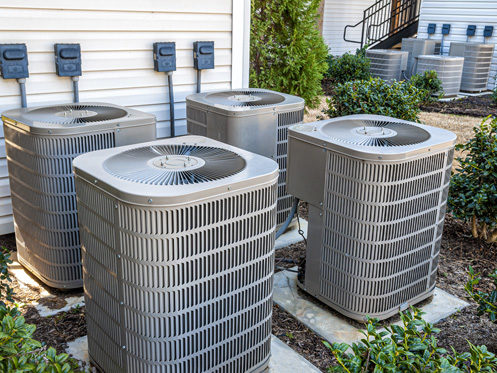Some of my grandparent’s legacy was who they became by experiencing the incredible challenges they faced as our country evolved. They seemed wise beyond their years. They stood tall. They followed rules and were good neighbors. Their priorities were admirable. Their stability held our country together. What will our legacy be?
Our legacy may be mixed because it has highs and even some lows. The highs include important inventions like microwaves, calculators, cell phones, computers, electronic technology, medical achievements, and beyond.
The lows in our legacy may include the attitudes of many and the general condition of our country changed under our watch. Are things better than they were when we were growing up?
During this period we damaged our environment faster than any previous generations. Carbon dioxide levels are up 40% since 1959. We invented millions of chemicals that polluted our streams. Maybe our legacy will also include the beginning of repairs to our environment?
Along those lines, one major recent “repair” to the environment should change that direction. The Environmental Protection Agency (EPA) is reducing the production of R22 refrigerant, also known as Freon, which is used in the cooling process of air conditioning. Scientists tend to agree that R22 was rapidly destroying the ozone layer, so the EPA developed a plan to eliminate it over time. The EPA mandate increases again in 2015, to reduce the production of R22 to 90% below the U.S. baseline. By 2020 the EPA will stop allowing all production and importing of virgin R22. As production goes down, the prices should skyrocket.
The challenge for all of us is that R22 has been the HVAC industry’s favorite refrigerant for over four decades. It’s everywhere like central air systems, chest and upright freezers, dehumidifiers, window air conditioners, air-to-air heat pumps, ground source heat pumps, lots of commercial cooling equipment, and the list goes on.
There are refrigerants available as substitutes, but when all things are considered, these alternatives are far from perfect. In the past, it’s been cheaper to use R22. That will change even more in 2015 as costs increase.
R410a, also called Puron, is one substitute that equipment manufacturers are using, but it’s still on the list for contributing to global warming. R410a requires purchasing new equipment because it operates at a higher pressure.
It makes sense to invest in replacing systems with R22 because it won’t be available very shortly and is becoming very expensive. Service repairs like evaporator or condenser coil replacements, compressor replacements, etc., should be avoided.
It’s difficult to think about investing in heating and air conditioning systems when they are still operating. It’s often easier to just nurse it along and make repairs. That approach made sense before, but the EPA mandate on R22 tends to change things. Waiting is no longer a cost-effective option. It’s best to be proactive.
The good news is the 2015 Lincoln Electric System Sustainable Energy Program (S.E.P.) that kicks in next week is again helping to reduce costs for installing energy-efficient HVAC equipment. It will have $4M in incentives available.
The 2015 S.E.P. fund will have user-friendly changes this year that make it even easier for consumers to take advantage of these funds since the minimum efficiency requirements have been lowered. Requirements were modified to improve the overall cost-effectiveness and peak demand-reducing objectives of the High-Efficiency Heat Pump and Air Conditioning Program. Equipment manufacturers like Trane and Lennox typically have incentives available for high-efficiency equipment replacement.
When is the best time to install high-efficiency HVAC equipment? Other than when your equipment fails, the best time is NOW! Historically the HVAC industry slows down after the first of the year. The workload remains a little stagnant until about April 15th. It makes sense the best service and installations should be when techs have a little more time. Summers are usually busier than winters when there are typically more emergency repairs.
Hopefully, our legacy includes handing off a healthier environment to the next generation. We will pay more for safer heating and air conditioning, but it will be worth it for future generations. Just like with our ancestors, there will always be changes and sacrifices.
Maybe our legacy should also include solidly setting the example for our youth today. We can help share the values of our parents and grandparents so that’s not lost forever. That way their legacy is gone but never forgotten!
Happy New Year!

